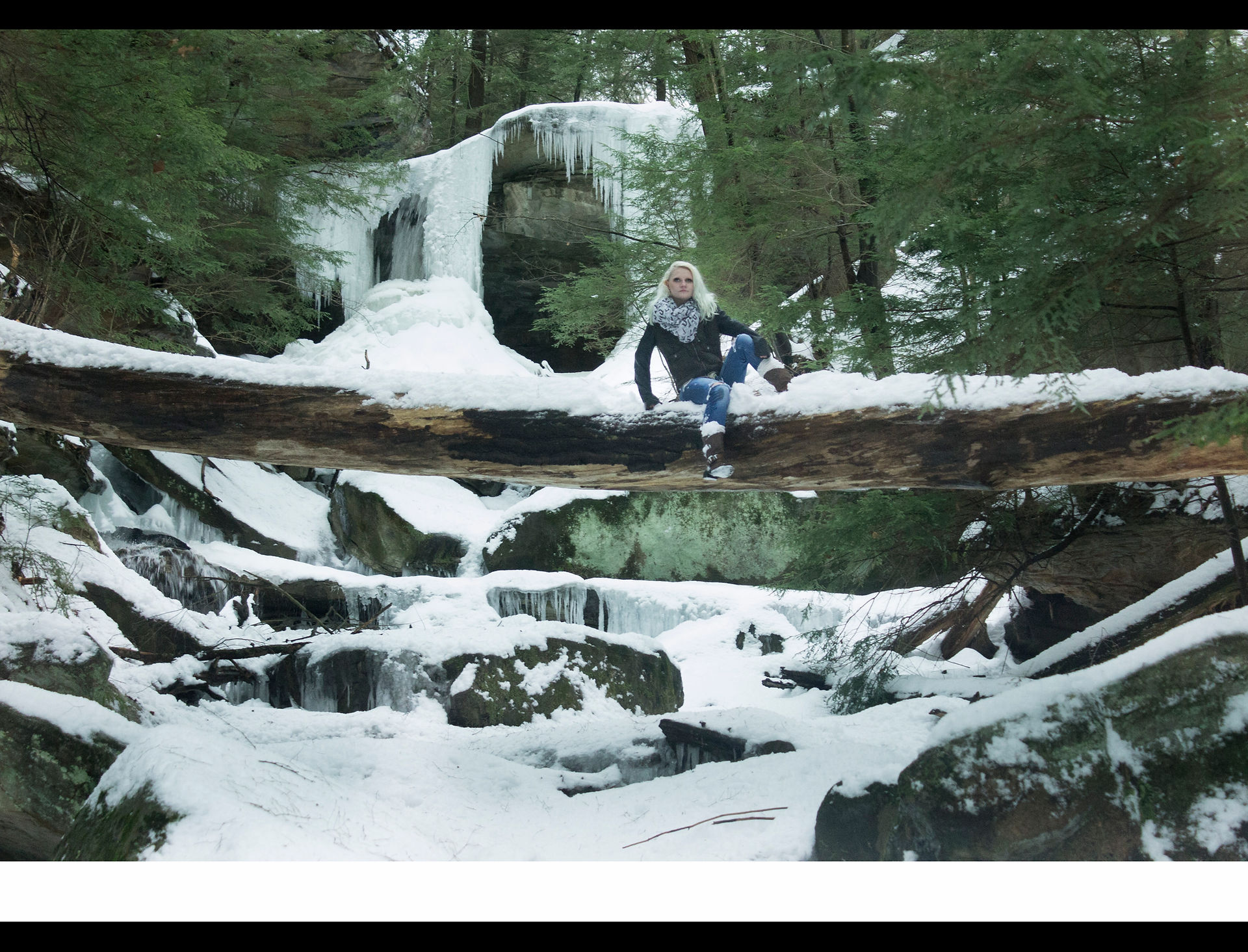


Museum Display of Temperate Deciduous Deforestation
Project goal:
Research, design, and fabricate your graduate project based on your main interests in your field of study.
Project idea:
To create an innovative and informational diorama and display that portrays the consequences of temperate deciduous deforestation for kids as well as adults to learn from and enjoy.
 |  |  |  |
|---|---|---|---|
 |  |  |  |
 |  |  |  |
 |
Once Upon a time there was a tiny little planet with thick green forest and deep blue seas, but over the last 8,000 years out of its staggering 14.8 billion acres half of it was lost to deforestation.
What is deforestation you ask?
-
Well deforestation is the removal of a forest or stand of trees where the land is later transformed to a non-forest use.
-
Examples of deforestation would include conversion of forestland to farms, ranches, or urban use.
-
Tropical rainforests are where the most intense deforestation occurs, but it also occurs more than people think in all types of forests that cover our planet.
Throughout history humans have been using wood as a basic ingredient for their lives. People use it every day of their lives for building their homes, keeping warm, cooking, making tools, and making other objects that help make life easier and more comfortable. Trees are undoubtedly one of the humans’ greatest treasures whether humans believe it or not.
The Problem
-
Millions of trees are getting cut down faster than they can grow back
-
The roots of trees hold on to earth’s crust to help prevent erosion
-
Both people and animals depend of trees to supply the population with oxygen
Human Interference
-
A major human influence is human overpopulation which has resulted in an increased demand for goods such as paper and wooden furniture
-
Normally when people use these paper goods they will toss them in the trash rather than recycling them for further use
-
Human disregard for the environment is becoming more evident as the years go on and the number of trees decrease at an alarming rate.
-
In the last 8,000 years, humans have reduced forests from roughly 50% of the Earth's land surface to less than 20%
Environmental Impact
-
Many species of animals live in temperate deciduous forests and they are not able to survive deforestation.
-
Deforestation causes areas of soil that were once moist to become dry and barren because the trees no longer provide protection from the sun.
-
As a result of deforestation and poor management, about 10% of the world's 800 - 100,000 tree species are in danger of extinction
-
Trees are important in removing greenhouse gasses from the atmosphere. Deforestation leads to larger amounts of greenhouse gasses, increasing global warming.
Consequences of Human Actions
-
If deforestation continues, the deciduous tree population can decrease dramatically until it is completely extinct.
-
Because of this, oxygen levels can decrease, affecting ecosystems and living organisms.
-
Deforestation is a major cause of global warming and global warming has definite effects on earth's deciduous forests. As the temperature increases, less and less precipitation falls on the forest.
-
All pollutants from fuels we burn are destroying forests, killing our wildlife, and poisoning our soil.
How can you help?
-
One way humans can help reduce deforestation is by eco-forestry.
-
We are currently trying to increase awareness of deforestation by promoting the recycling of paper.
-
The replanting of trees is also increasing among the world because people are realizing our deciduous forests are diminishing.
Work cited
The Temperate Deciduous Forest. (n.d.). The Temperate Deciduous Forest. Retrieved November 24, 2011, from http://www.marietta.edu/~biol/biomes/tempded.htm
"Climate:." Temperate Deciduous Forest. N.p., n.d. Web. 13 Oct. 2015, from http://w3.marietta.edu/~biol/biomes/tempded.htm
"Deforestation Facts, Deforestation Information, Effects of Deforestation - National Geographic." National Geographic. National Geographic Society, n.d. Web. 13 Oct. 2015, from http://environment.nationalgeographic.com/environment/global-warming/deforestation-overview/